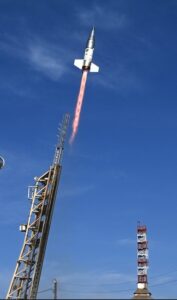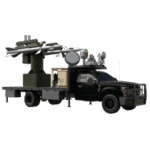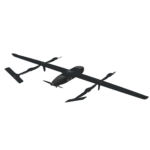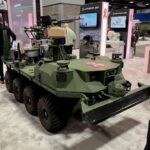
The top venture capital backed national security startup companies have raised tens of billions of dollars to fund their operations but far less when it comes to winning federal contracts, says a report released this month by the Silicon Valley Defense Group (SVDG). “To date, the DoD and IC have provided lip service and door prizes but no sustained commitments to ensure that the venture-funded defense and dual-use startups become part of major acquisition programs,” says the NatSec100 & the…

 By
By 











